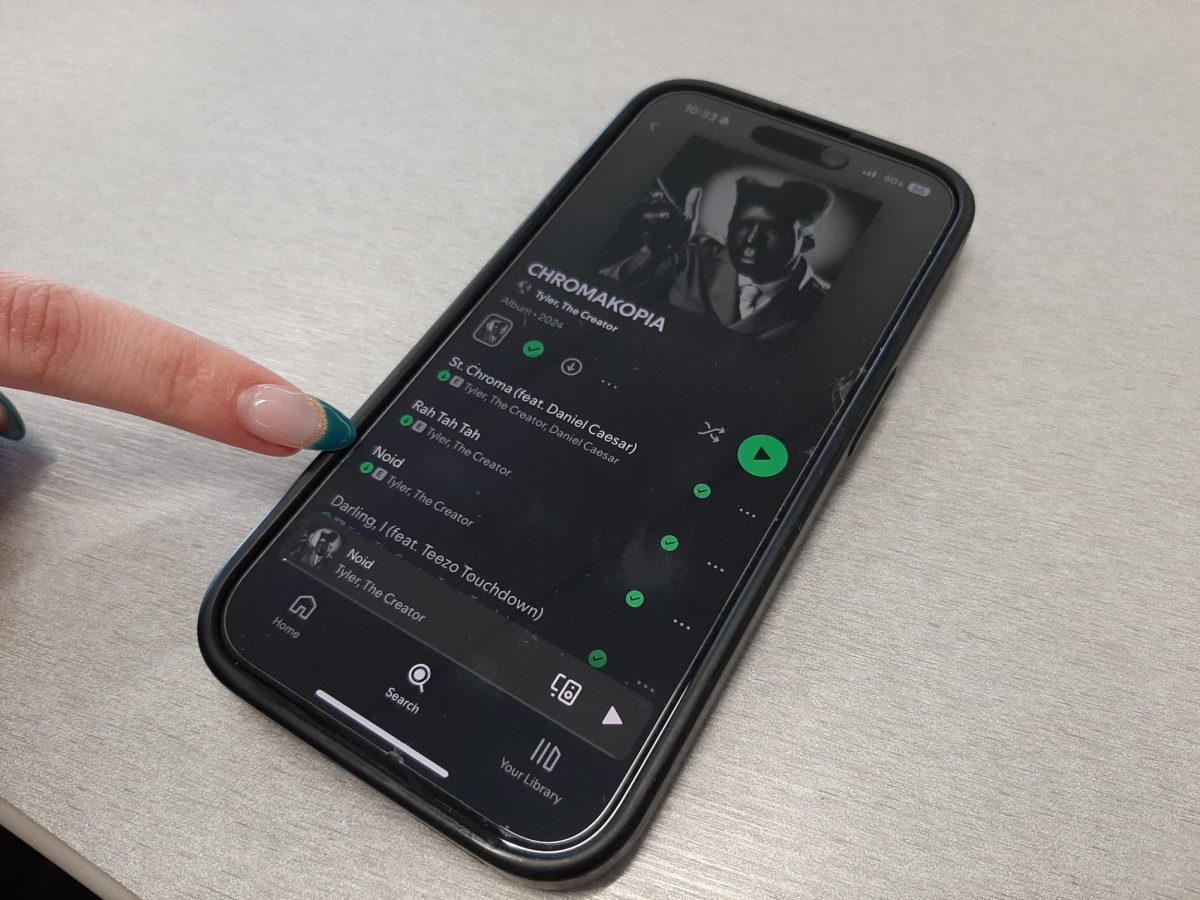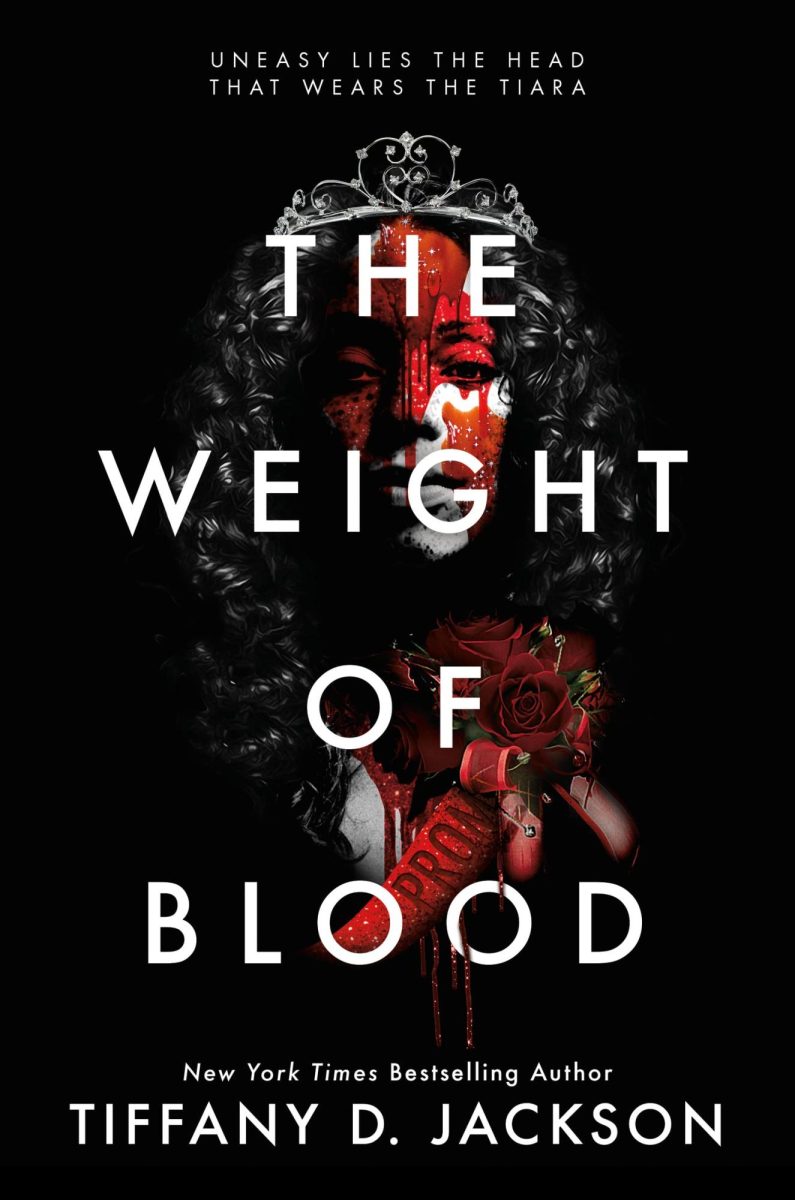The song starts as someone wakes up, floating around in a dream. Slowly, this dream begins to morph around them from a safe void into something more sinister, as dissonance hangs in the air. Then suddenly, the scene shifts into a more open landscape. The haunting melody drifts across the plains, as the dreamer is circled by a crowd with drums. They begin to find other instruments, adding into the melody, tightening their grip on the dreamer. All at once, a debate begins as the crowd argues over who should get to claim the prize. Shouts and cries sit above, until the voice of their leader quells their struggles. The circle once more engages, laughing as they bring the dreamer to their chief. The ritual continues, growing louder and louder as the dreamer is closer to the offering space. The tribal groups are ready, chanting in their ways to prepare themselves. As this happens, the dreamer begins to fight back, scrambling for a way out. Briefly, they return to their void, only for them to be found once more. Now back into their void, the dreamer clashes with the tribes, but they now understand and can fend for themselves, waiting to wake up. As the battle roars, suddenly the dreamer is hit over the head, only to wake in a cold sweat. This overhang of anxiety and distress follows through the piece. The dissonance and vulnerable yet jagged parts spread across the instrumentation creates this idea of a large struggle.
—
Ethan originally wrote this review for Wind Ensemble with Ms. Kuhne. In addition to playing soprano and alto saxophone in Wind Ensemble, he also plays tenor saxophone in Jazz Ensemble.






